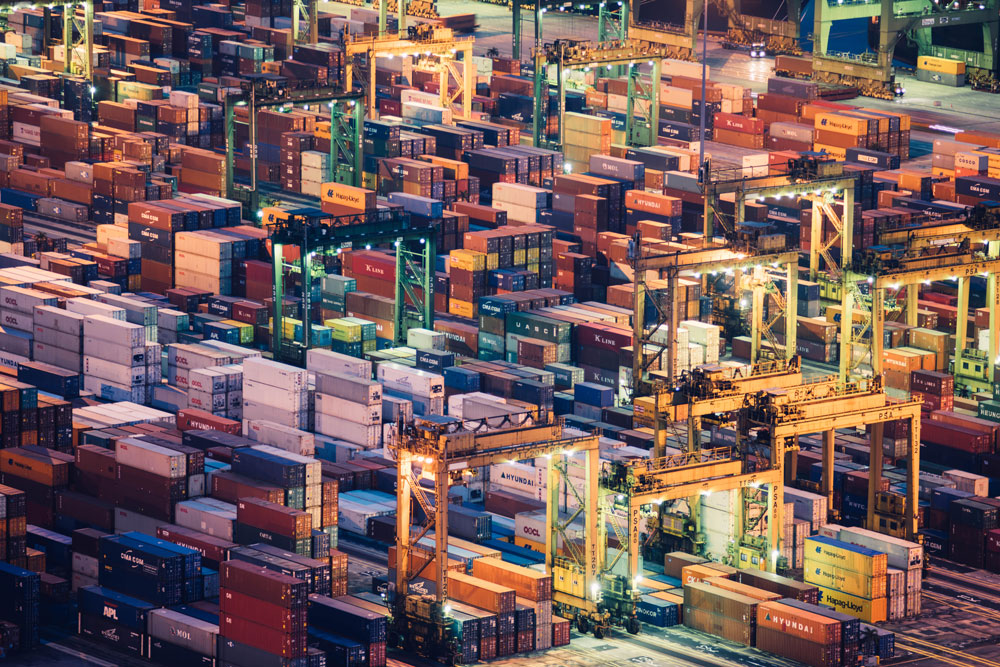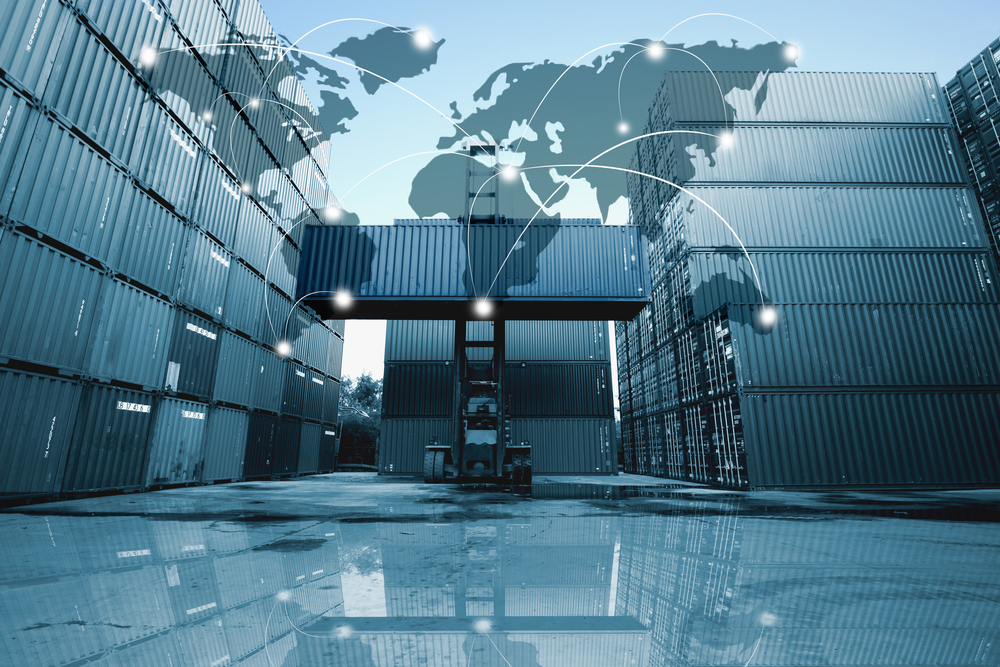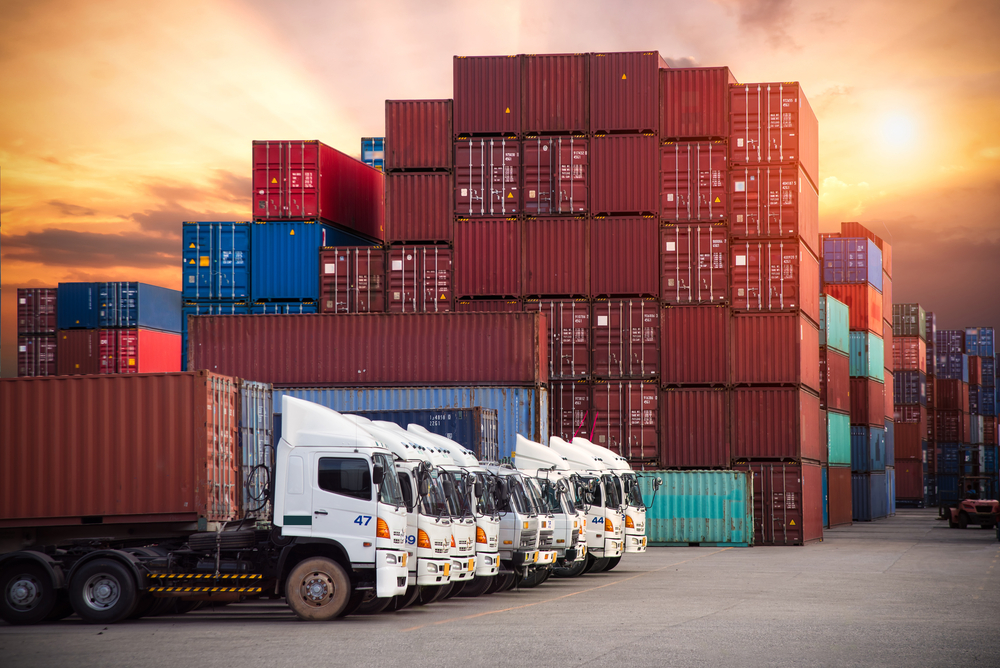Before the rise of the COVID-19 pandemic and its disastrous effects on the global supply chain, supply chains functioned on the assumption that inventory flows were predictable, with even and reliable schedules.
Accurately predicting inventory flow throughout the global supply chain meant that everyone could expect freight and cargo to arrive on time. Reliable schedules ensured that supply chain managers could plan inventory replenishment schedules, stores remained stocked and factories and industries could continue without significant interruptions.
Previous Assumptions on Inventory Flow No Longer Work
Initially, the pandemic slowed down economies worldwide and supply chains and carriers reduced their activity due to the reduced economic performance, lockdowns and health concerns surrounding the virus. When economies started to bounce back due to stimulus spending and increased consumer demand, carriers, transportation services and ports became overwhelmed by the sharp increase in demand and global shipments.
Such a sharp increase in demand off of the back of reduced activity caught supply chain managers, as well as the shipping, transportation and logistics industry as a whole, off-guard. The original expectation was that demand for shipments would drop and remain low. However, the reality was that demand from American consumers instead shifted, mainly to online shopping.
The sharp increase in consumer demand combined with reduced activity among ports and carriers meant that supply chain infrastructure throughout the nation, and indeed around the world, was not equipped to handle the large influx of products coming into port.
One example of ports struggling to keep up with the surge in demand for goods came from the Los Angeles and Long Beach ports in Southern California. Throughout 2021, the backlog of container ships waiting off the coast of the Los Angeles and Long Beach ports continued to grow and by September, as many as 97 cargo ships were waiting to dock. Pre-pandemic, this was not an everyday occurrence for the nation’s busiest ports, with typically only one or two ships waiting to dock at any one time.
By December, the number of vessels waiting in the San Pedro Bay had dropped to 46. However, while it visually appeared that the port was recovering and was processing containers faster, the truth was that the drop in ships in the bay was due to new penalties. These new penalties, created by shipping trading groups, required incoming ships to wait in open water 150 miles offshore for a slot to offload their cargo. While just 46 vessels were waiting in the bay at the start of December, an estimated 50 more were waiting offshore, indicating that the problems faced by the port regarding processing such high volumes of shipments remained and will continue to impact the supply chain into 2022.
The Effects on Inland Supply chains
The bottleneck in ports throughout the USA has also affected supply chains on land. Inland supply chains such as intermodal movements including railroads and trucking have struggled to process the sheer amount of freight built up in ports.
Additional truck driver shortages caused by COVID-related lockdowns and a depressed employment market have meant that shippers have had difficulty finding both trucks and drivers on the spot market to transport loads. The shortage of truckers throughout the USA was already an existing problem for the transport industry before the pandemic. Even after ports and transport companies worked to lift their employees’ wages, labor shortages continued to be a problem for the nation’s supply chain, further contributing to the scarcity of goods that have been left waiting in the country’s ports.
As a direct result of the bottlenecks in ports throughout the USA and around the world, combined with the limited carrier capacity in all modes of inland transportation, global inventory flows have become disjointed and have essentially broken down in some instances. The now unreliable supply chain has led to many retailers experiencing product shortages and factories having to slow production as predicting the flow of inventory remains a difficult challenge.
Over the past four decades, even and predictable supply chains have been key for US companies that relied on offshore production. Managers of supply chains based their replenishment schedules and offshore ordering on predictable lead times to ensure that goods arrived within an acceptable time frame to keep businesses running without interruption. These assumptions served a crucial role for just-in-time production workflows, where manufacturers relied on a steady supply of resources to produce goods as needed to minimize the time, labor and materials required for production processes.
The supply chain disruptions of the past two years, caused by the COVID-19 pandemic, have challenged and called into question those assumptions about even supply chain flows, hitting freight companies, production facilities and businesses hard and forcing each to rethink the design of the entire supply chain.
The Solution May Be End-to-End Supply Chain Visibility
In the face of highly unpredictable global supply chains, end-to-end visibility may be the right solution where the transit information of freight and cargo shipments is openly shared. Because previous assumptions regarding even inventory flows can no longer be relied upon, end-to-end visibility can allow businesses and production facilities to stay updated regarding the status of international and domestic shipments in the supply chain. End-to-end visibility then helps supply chain managers to take the necessary corrective actions to reduce the impact of disruptions and delivery delays.
End-to-end supply chain visibility requires the use of an advanced Real-time Transportation Visibility Platform (RTTVP) to keep supply chain managers informed and up to date. An effective RTTVP utilizes geolocation data, such as real-time location and vessel or vehicle speed on shipments in transit, to calculate an estimated time of arrival (ETA). ETA calculations can also consider other relevant information such as transit distance, traffic, historical trends relating to the route and the carrier and relevant incidents including weather, strikes, natural disasters and other incidents that may affect the shipment.
Effective RTTVPs, while calculating real-time ETAs, can also send updates and notifications to platform users whenever there is a deviation from the transport schedule. Receiving real-time alerts on changes would allow supply-chain managers to be more proactive in fixing replenishment issues in their inventories caused by late shipments. With this information, supply chain managers can revise their inventory replenishment plans, investigate rerouting options when necessary, keep their customers informed with reliable information and proactively work with shipping and freight partners to find the best solutions.
Supply Chain Management’s Changing Mindset
Old assumptions and practices are no longer appropriate for the current issues faced by supply chain management since supply chain flows are no longer even and cannot be assumed to follow expected delivery schedules.
Moving forward, the new mindset among supply chain managers needs to be proactive, taking into account that inventory flows will likely be uneven and many factors will continue to contribute to this in the future. If it can’t be assumed that carriers will meet delivery schedules either into port or inland, then lead time variances will need to be reduced and managed by other means, such as with a Real-time Transportation Visibility Platform (RTTVP). The information provided by an RTTVP allows supply chain managers to take proactive steps in overcoming disruptions that will affect their customers’ production and distribution capabilities, minimizing the effects of an uneven supply chain flow.


